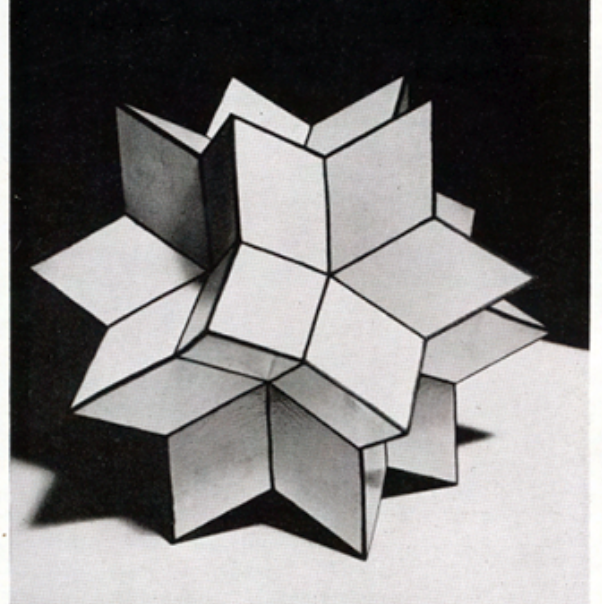















Genetic polytopes
Algebraic geometry
New Calabi-Yau manifolds from genetic algorithms
Finding reflexive polytopes of dimension is important as they give Calabi-Yau manifolds of dimension . But only for and are all such polytopes classified. We use a genetic algorithm to generate these polytopes, reproducing the full set for and , and some for . We then extend to , and calculate normal forms to find many polytopes not currently known, revealing new Calabi-Yau -folds.